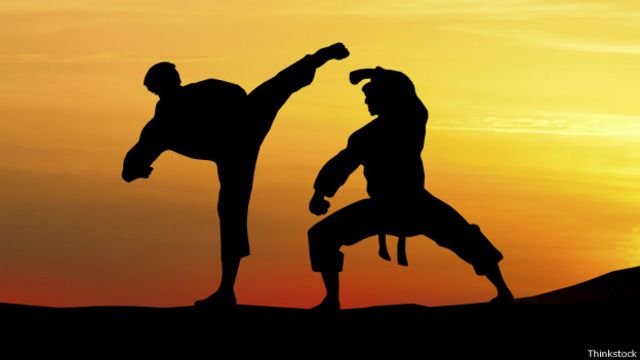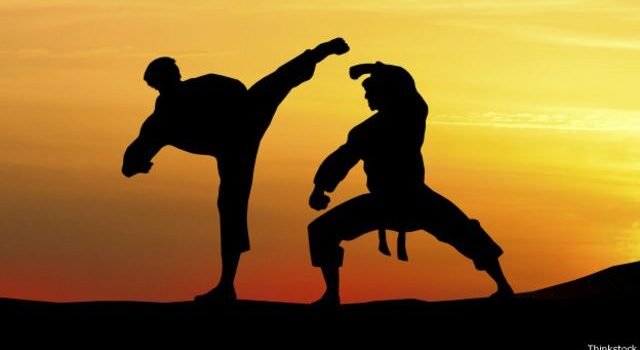December 3, 2014

Image source, Thinkstock
Caption,
Martial arts can be practiced by people of different ages, from infancy to people over 70 years old.
There are so many styles and disciplines to choose from that the first dilemma presents itself just before you start.
As in any other activity to which time and dedication are dedicated, in martial arts it is also necessary to know what the ideal style is to satisfy the objectives that are intended to be achieved, as well as to find the one that best suits the physical characteristics of each person.
No martial art is better than another, they are just different, and choosing the ideal one is crucial to enjoying their practice and being consistent to progress over time.
There are many variables that can come into play, but there are a number of general factors that help determine in which styles a person might take their first steps.
You like it or not. Although almost all martial arts require a type of contact, there is a lot of variety in terms of the form and frequency of it.
Image source, Getty
Caption,
Jiu jitsu has become popular in recent years, to the point that in some countries it surpasses the practice of judo.
There are those that are hit contact, like taekwondo or karate, or those that are grip, like judo or jiu jitsu.
While the former seek to impact the opponent from a distance, the objective of the latter is to absorb the opponent’s momentum to use it for their own benefit through a struggle.
Deciding if you want to make contact with your hands or just your feet will also help to filter some styles, as well as whether you want to be standing, half crouching or on the ground.
Image source, Getty
Caption,
Mixed martial arts are a favorite for extreme fighting competitions.
There are also those that mix elements of both, such as mixed martial arts (MMA, for its acronym in English), which, as its name specifies, manages to combine two or more styles.
MMA is the most used in extreme fighting competitions such as the Ultimate Figthing Championship (UFC, for its acronym in English).
There are other types of martial arts that can be practiced without the need for contact, such as capoeira and tai chi.
Endurance
The physical exhaustion will vary depending on the intensity with which the movements are practiced or fought on a tatami or ring.
However, there are some martial arts in which you need to have a greater physical background, such as kickboxing or muay thai, which contribute to increasing cardiovascular endurance.
Image source, Getty
Caption,
The type of physical demand is different depending on the type of martial art that is practiced.
There are others that promote rhythm over intensity, such as capoeira, or those with a more traditional background such as kung fu.
Judo and jiu jitsu are not perceived as very demanding, but the application of keys and the struggle on the ground require considerable physical background to maintain intensity during combat.
Fighters tend to engage in short but very intense matches, in which all their energy must be focused in a short period of time.
Agility
It is likely that not all people have the ability to perform acrobatics to master wushu techniques or throw kicks from more than two meters high as in taekwondo, but elasticity and agility are qualities that can be developed with practice .
Image source, Thinkstock
Caption,
Capoeira was declared an intangible cultural heritage by UNESCO.
Flexibility is also often important to support routine positions during training sessions, or to break free from immobilization techniques during combat.
Balance and the need to keep the body’s center of gravity under control is also essential to apply attack and defense techniques quickly and effectively, elements that can be crucial in face-to-face combat styles such as kung fu, kickboxing or muay Thai.
Attack or defense
Many people tend to think that martial arts promote violence, but the truth is that most emerged as self-defense techniques and there are some, such as aikido that is not applied unless the person is attacked.
Image source, Thinkstock
Caption,
Tai Chi is a type of martial art that does not require contact to practice.
However, there are styles that usually stimulate the launch of punches and kicks to attack or counterattack such as taekwondo and muay thai.
Others, like karate, also teach you to control your energy and turn it into motivation.
Finally, there are the styles in which the execution of the techniques predominates over contact, such as capoeira or taichi, and that highlight elements of movement coordination and meditation in their routines.

